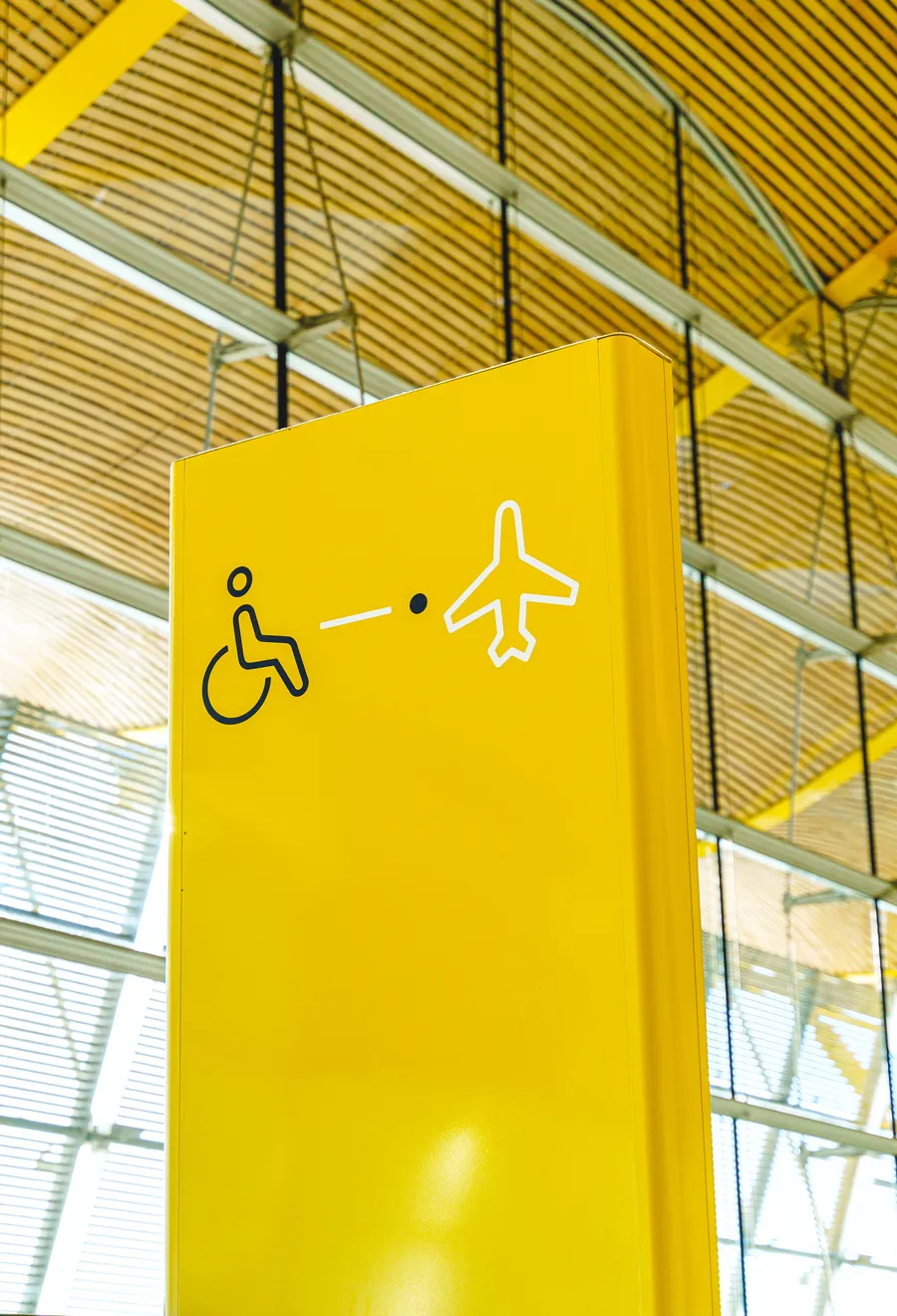Navigating an airport can be challenging for anyone, but for those with a mobility disability, it often requires additional planning and support. Fortunately, there are many ways to make air travel smoother if you or someone you’re traveling with uses a wheelchair or requires other special assistance. This guide offers practical tips to ensure a more accessible and comfortable airport experience from check-in to arrival.
Know Your Rights: The Air Carrier Access Act
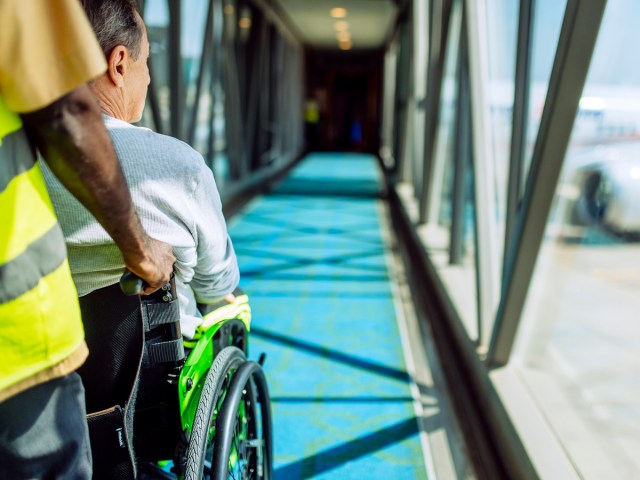
The Air Carrier Access Act protects passengers with disabilities by prohibiting airlines from discriminating against them. These regulations apply to all flights operated by U.S. airlines, as well as flights to or from the U.S. operated by foreign airlines. The ACAA requires airlines to assist passengers with disabilities whenever necessary, including providing a wheelchair or guided assistance during boarding, deplaning, and connections.
Under the ACAA, airplane seating accommodations must also meet the needs of individuals with disabilities; these needs can be specified during the booking process. Additionally, airline employees must assist in the transportation of assistive devices (such as walkers), including checking them at the gate and stowing them during flight. These regulations ensure that flying is safe and comfortable for all airline passengers.
Before You Fly: Request Special Assistance
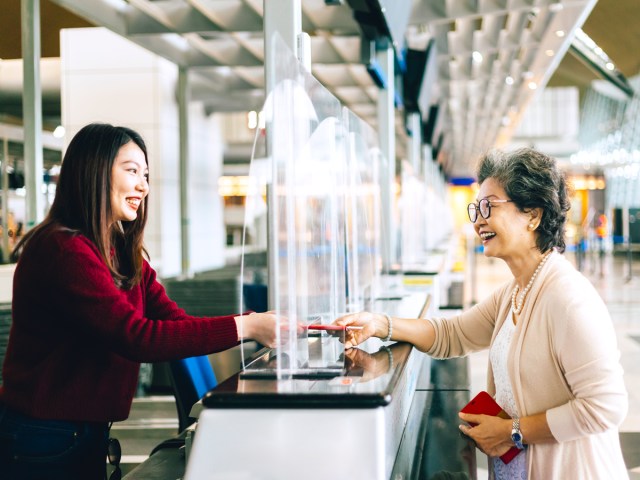
Airline employees will gladly assist you with your mobility needs, but you’ll need to notify the airline before you fly. You should be able to make requests during the booking process, where a special checkbox labeled “Add Special Assistance” typically appears. You’ll then be prompted with more specific questions so that the airline can tailor its services to fit your needs. This can include wheelchair use or escort service from check-in, through TSA, and to your airplane seat. If your special request does not appear on your emailed itinerary confirmation, reach out to the airline to confirm.
However, one aspect of accessibility that airlines do not control is airport parking. So, try to reserve accessible parking in advance if you need to leave a car at the airport. The airport’s website should provide ample information on parking options, including airport maps that clearly label parking garages, elevators, and ramps. With your parking spot secured, you’ll arrive at the airport with peace of mind.
Arrive Early at the Airport
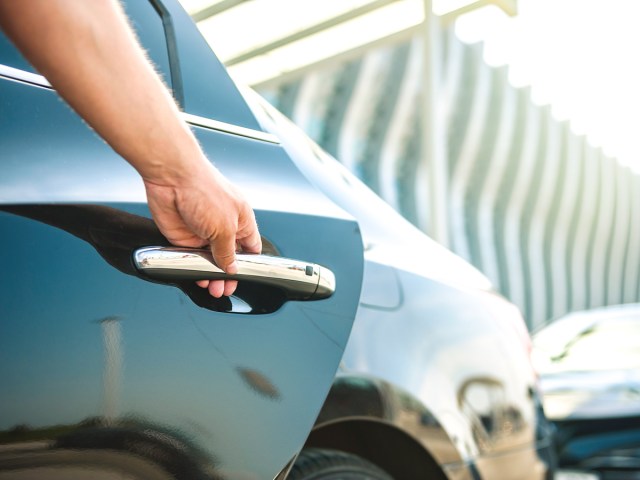
The general rule of thumb at U.S. airports is to arrive two hours before your scheduled domestic flight and three hours before departure for an international flight. But those who require assistance might want to arrive at least an hour before those guidelines, just in case.
This is because there might be a wait for a certain type of assistance, especially if you requested a wheelchair or cart service. If you’ve reserved a wheelchair or cart service in advance, your reservation information should indicate where to go to obtain access. This could be the check-in desk or another designated assistance point; when in doubt, look for an airline employee to direct you to the correct location.
Communicate With TSA
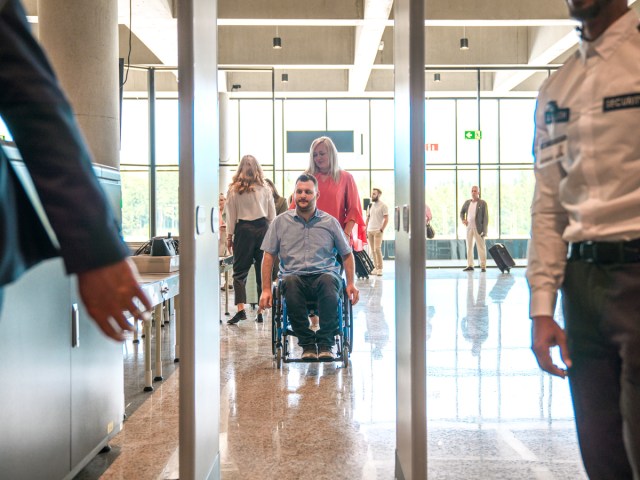
Navigating security checkpoints can be challenging for any traveler. Fortunately, special guidelines have been established to ensure a smooth process for travelers with mobility issues to pass through TSA quickly and efficiently. Effective communication with TSA officers is key to success: You can verbally notify an officer of your medical condition, or you can quietly hand them medical documentation or the TSA notification card, which you can download and print at home ahead of time.
If you are unable to walk or stand independently for screening, you may request to use a chair or to remain seated in your wheelchair or scooter. Wheelchairs and scooters are also screened during this process, and any removable parts will undergo X-ray screening. Other mobility devices, such as canes, crutches, and walkers, are also permitted through the TSA checkpoint. Items that fit through the X-ray device must be screened in this manner, so let an agent know if you need assistance at any point during this process.
For additional questions or concerns regarding security procedures for travelers with medical conditions, contact TSA Cares. Through this program, travelers can request a dedicated TSA Cares assistant to accompany them through a security checkpoint, ensuring a seamless experience.
Ask To Board Early
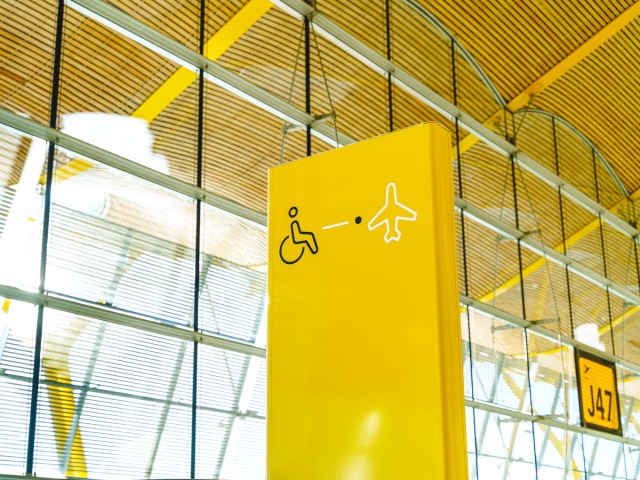
When you reach your gate, check in with the gate agent to discuss any mobility needs. This includes checking larger mobility devices, including walkers and collapsible wheelchairs, at the gate. If you need assistance getting through the jet bridge and onto the plane from the gate, let the gate agent know, and an employee can assist you with a wheelchair onto the plane.
Those needing a wheelchair or other assistance should consider early boarding. According to the Department of Transportation, “If you self-identify as a passenger with a disability who needs additional time or assistance to board the airplane, the airline must allow you to board the airplane before other passengers.” As the boarding time approaches, a gate agent will announce that preboarding is taking place, allowing passengers who require extra time and assistance to board first.
How To Navigate Layovers and Arrivals
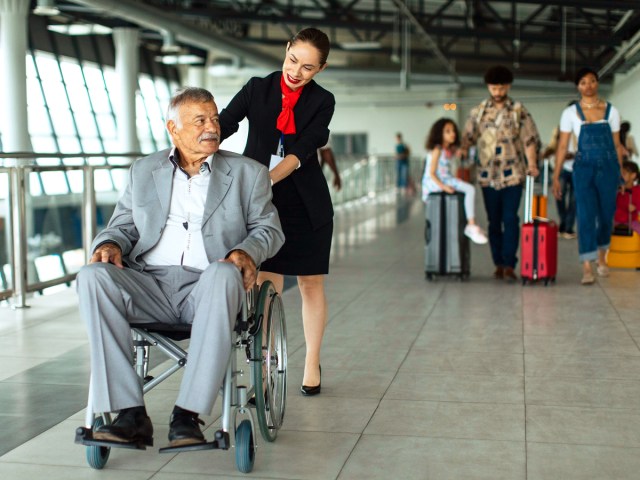
If you’ve requested special assistance or an escort during your booking process, you should receive that assistance during your layover. If you need mobility assistance during a layover but aren’t traveling with a wheelchair or scooter, you may be able to request a courtesy cart to help you to your next gate.
Some U.S. airports, especially large hubs with many gates, operate these carts free of charge, but airports are not required by law to do so, so they may not be readily available everywhere. These golf cart-style vehicles can sometimes be reserved through your airline during online booking or by calling the special assistance phone number.
However, at other airports, carts pick up passengers on a schedule, with no reservations needed. At Minneapolis-St. Paul International Airport, for example, electric carts pick up passengers every 10 to 15 minutes from designated cart stops along every gate in most terminals. Visit your airport’s website before your trip to determine what type of cart services are offered.
Upon arrival, remember that disembarking from the plane may take longer if you’ve requested special assistance. Typically, the airline will allow all other passengers to deplane first before assisting passengers with disabilities or those who use a wheelchair. The airline agent will also accompany you to baggage claim, if necessary, and stay with you until you leave the terminal and are en route to your destination.
More from our network
Daily Passport is part of Inbox Studio, which publishes content that uplifts, informs, and inspires.






